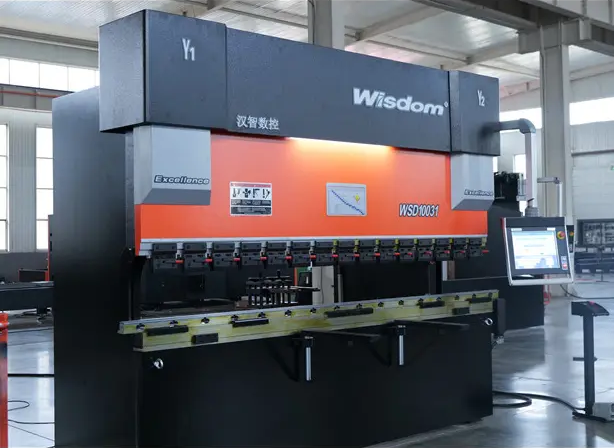Introduce:
In today’s rapidly evolving technological age, the combination of automation and precision is paving the way for extraordinary advancements across industries. A breakthrough collaboration between CNC sheet bending technology and medical device manufacturing is one of them. This extraordinary convergence opens the door to increased efficiency, cost-effectiveness and breakthrough innovations in the production of medical devices. In this blog post, we explore how CNC panel bending has revolutionized the medical device manufacturing process, and the benefits it brings to the healthcare industry.
The role of CNC sheet bending in the manufacturing process:
CNC (Computer Numerical Control) panel bending is a cutting-edge technology widely used in the manufacture of complex metal components. By utilizing complex algorithms and advanced machinery, Automatic sheet metal bending machine is able to create complex bends, shapes and contours with extreme precision. In the world of medical devices, this technology has proven to be a game changer.
1. Increased precision: Medical devices require meticulous precision to ensure accuracy and functionality. CNC panel bending machine provides unparalleled precision in the manufacturing process, ensuring critical equipment such as surgical instruments are produced to precise specifications. This precision improves performance and reliability for healthcare professionals and patients.
2. Simplify production: Efficiency and productivity are critical in the medical industry. CNC panel bending simplifies the once complex and laborious metal forming process, significantly reducing manufacturing time. By shortening lead times, medical device manufacturers can meet the growing demands of healthcare providers, ensure adequate supplies and minimize potential delays.
3. Customization: The ability to customize medical devices to specific patient needs is critical. CNC panel bending allows for complex customization, offering medical professionals an innovative solution for personalizing their devices. From orthopedic implants to prosthetics, this advanced technology offers endless possibilities for customization, ultimately improving patient care.
4. Cost-effective: Traditional metal manufacturing methods usually involve a lot of manual labor, resulting in increased costs. CNC panel bending eliminates the need for labor-intensive processes, minimizing expenses while increasing productivity. This cost-effectiveness allows medical device manufacturers to invest resources in research and development, further expanding the advancement of healthcare technology.
Applications in the healthcare industry:
The advent of CNC sheet bending in the field of medical device manufacturing has led to significant advancements in various areas of the healthcare industry.
1. Surgical Instruments: The complex bending capabilities of CNC panel bending allow the fabrication of specialized surgical instruments. These tools can be precisely shaped to meet the requirements of complex procedures, maximizing surgical success and minimizing invasiveness.
2. Prosthetics and orthotics: Customization is particularly important in the production of prosthetics and orthotics. CNC panel bending enables the creation of custom implants and wearables to improve patient comfort, mobility and overall quality of life.
3. Medical Device Housings: The aesthetics and functionality of medical device housings can significantly impact the patient experience. CNC panel bending helps create a seamless, lightweight and durable enclosure that meets stringent regulatory standards while enhancing the user experience.
In conclusion:
The integration of CNC sheet bending technology into the medical device manufacturing process is ushering in a new era of innovation and efficiency in the healthcare industry. With unparalleled precision, simplified production, customization capabilities and cost-effectiveness, CNC panel bending has revolutionized the way medical devices are produced, ultimately improving patient care and treatment outcomes. As these technologies continue to evolve, it is exciting to imagine the endless possibilities they open to future advancements in medical device design and production.
Post time: Aug-08-2023

